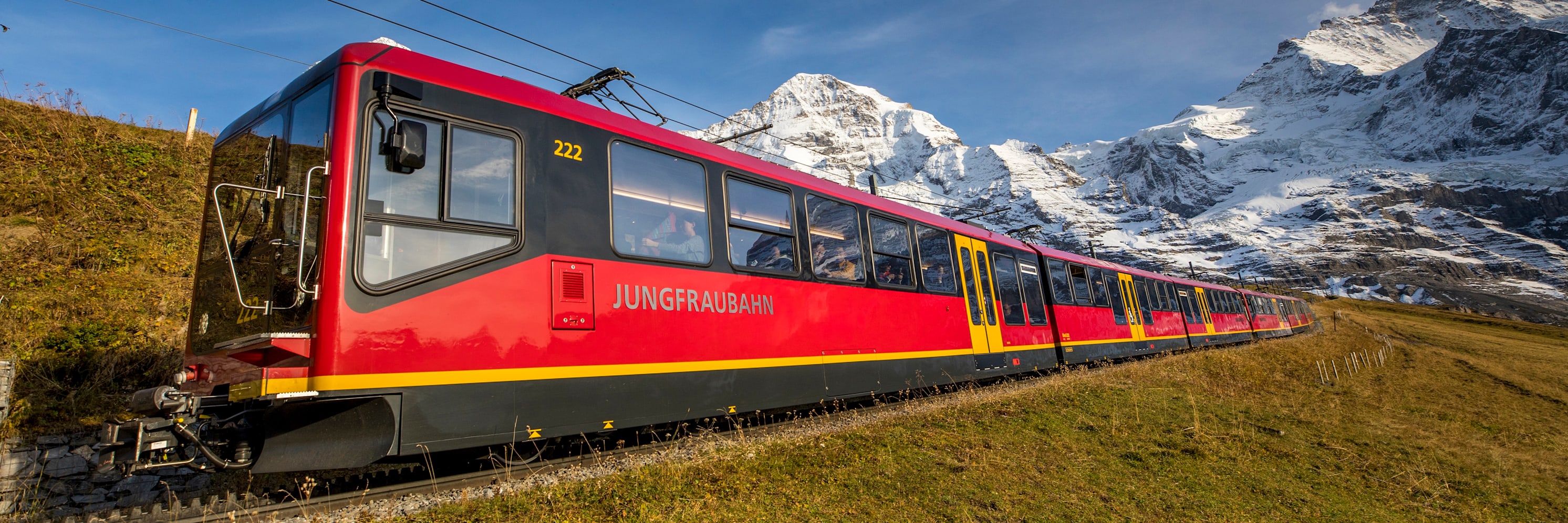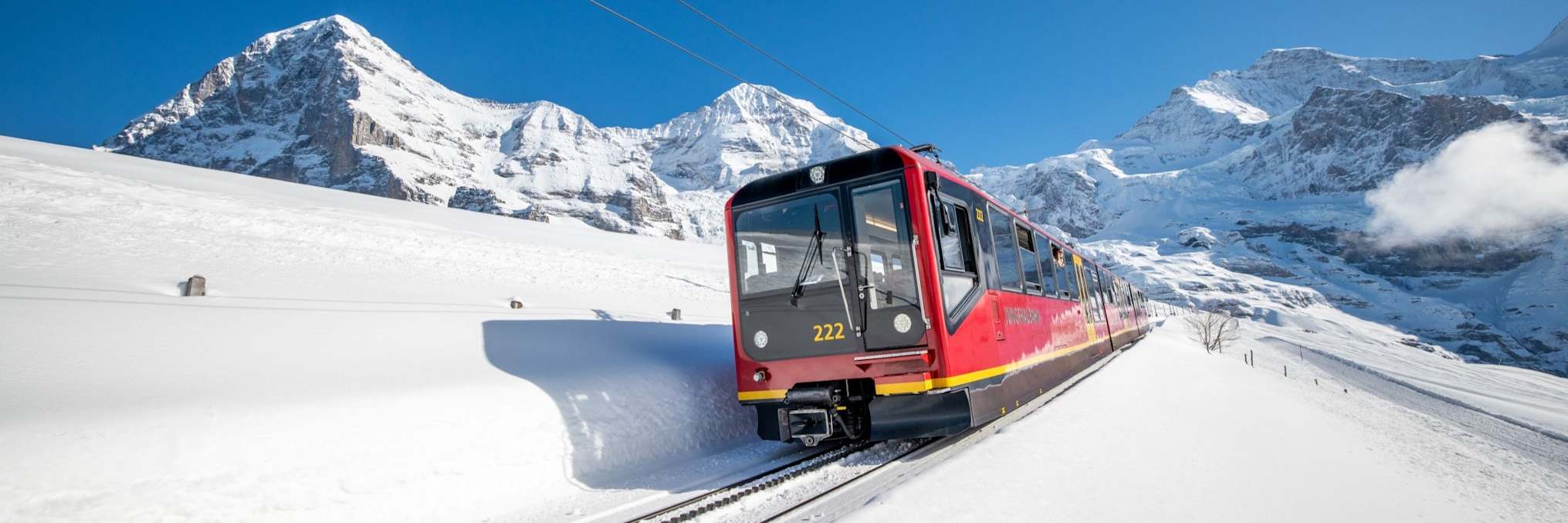On 7 March 1899, ground was broken at Rostock station, which was operated only temporarily. The station facilities are now largely dismantled. Today, only a door that leads into the open serves as a reminder of this station. On 7 March 1899, workers at the head of the tunnel reached the intended site of the Eigerwand station. Adolf Guyer-Zeller, the driving force behind the Jungfrau Railway, died on 3 April of the same year. Guyer-Zeller's sons continued the construction, but it was 28 June 1903 before the Eigerwand station in the middle of the north face of the Eiger (2,865 m above sea level) could be officially opened. Passengers were subsequently able to enjoy a view towards Grindelwald from the terrace. Two years later, on 25 July 1905, it was possible to open the section to the stop at Eismeer, some 3,160 metres above sea level, providing guests with a stunning glacier view. The railway's temporary tourist centre was also housed in the Eismeer station. The original plans were changed as a result of finances becoming stretched as well as due to Adolf Guyer-Zeller’s death. Instead of planning a station below the Mönchsjoch and continuing the railway to the Jungfrau summit, the Jungfraujoch became the end of the line.


